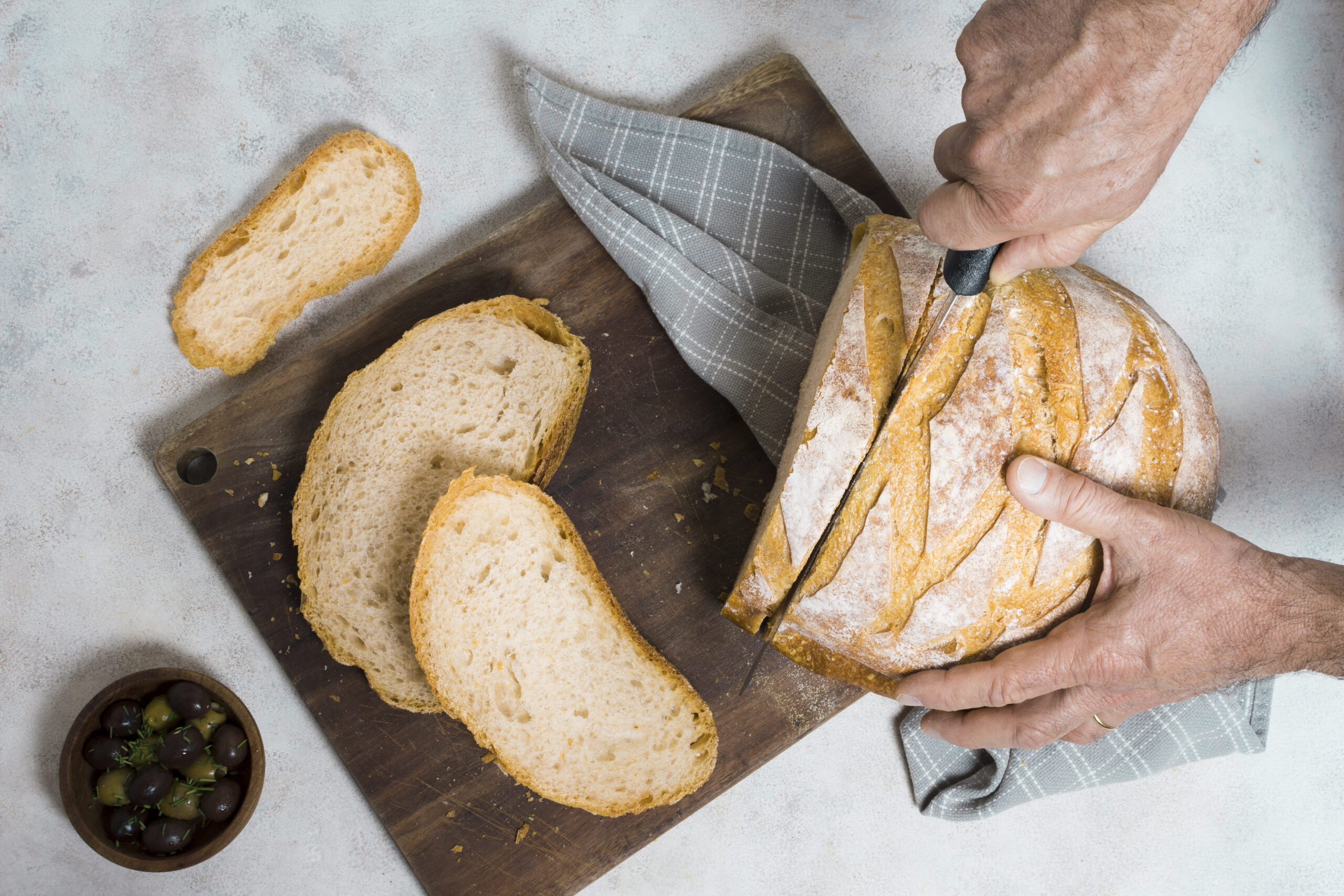Homemade bread holds a special place in the hearts and homes of many, evoking memories of warmth and comfort. Not only does it fill your kitchen with a delightful aroma, but it also allows for endless creativity in flavor combinations. In this comprehensive guide, we’ll walk you through the process of making delicious homemade bread from scratch, along with tips for success and ideas for creative fillings.
Introduction to Homemade Bread
There’s something undeniably satisfying about the process of making bread from scratch. Beyond the delicious end result, homemade bread offers a sense of accomplishment and connection to tradition. Whether you’re a seasoned baker or a beginner in the kitchen, this recipe is sure to become a staple in your repertoire.
Ingredients Required
Before diving into the recipe, let’s gather our ingredients:
- Flour
- Yeast
- Water
- Salt
- Sugar (optional)
- Olive oil (optional)
Each ingredient plays a crucial role in achieving the perfect loaf of bread. Flour provides structure, yeast enables the dough to rise, water activates the yeast, salt enhances flavor, and sugar and olive oil add richness.
Equipment Needed
To begin our bread-making journey, you’ll need a few essential pieces of equipment:
- Mixing bowls
- Measuring cups and spoons
- Wooden spoon or dough whisk
- Kitchen scale (optional but recommended)
- Baking sheet or loaf pan
- Oven
Step-by-Step Recipe

Preparing the Dough
- In a large mixing bowl, combine flour, yeast, salt, and sugar (if using).
- Gradually add warm water to the dry ingredients, stirring until a shaggy dough forms.
- Once the dough comes together, knead it on a lightly floured surface until smooth and elastic.
Kneading the Dough
- Using the heel of your hand, push the dough away from you.
- Fold the dough in half, then rotate it 90 degrees.
- Repeat this process, adding more flour as needed, until the dough is smooth and no longer sticky.
Rising the Dough
- Place the dough in a greased bowl, cover it with a clean towel, and let it rise in a warm, draft-free place until doubled in size.
- This typically takes about an hour, depending on the temperature and humidity of your kitchen.
Shaping the Dough
- Punch down the risen dough to release any air bubbles.
- Divide the dough into equal portions and shape each portion into a loaf or desired shape.
- Place the shaped dough onto a greased baking sheet or into a greased loaf pan.
Baking the Bread
- Preheat your oven to the desired temperature.
- Once the oven is preheated, bake the bread until golden brown and cooked through.
- Allow the bread to cool slightly before slicing and serving.
Tips for Successful Bread Making
- Measure ingredients accurately to ensure consistent results.
- Pay attention to the temperature and humidity of your kitchen, as they can affect the dough’s rise.
- Knead the dough until it’s smooth and elastic to develop gluten properly.
Creative Fillings and Variations
One of the joys of homemade bread is the opportunity to experiment with different fillings and flavors. Consider these creative ideas:
- Savory fillings: cheese and herbs, sun-dried tomatoes and olives, caramelized onions and garlic
- Sweet fillings: cinnamon sugar swirl, chocolate and hazelnut spread, dried fruit and nuts
Storing Homemade Bread
To keep your freshly baked bread at its best:
- Store it in a paper bag or bread box to allow airflow and prevent moisture buildup.
- If you won’t consume the bread within a few days, slice it and freeze individual portions for later use.
Benefits of Making Homemade Bread
Beyond the satisfaction of creating something with your own hands, homemade bread offers several benefits:
- It’s free from preservatives and additives commonly found in store-bought bread.
- You can customize the ingredients to suit your dietary preferences and restrictions.
- It’s a cost-effective alternative to store-bought bread, especially if you bake regularly.
Conclusion
Learning how to make homemade bread is a rewarding experience that yields delicious results. With a few simple ingredients and some patience, you can enjoy freshly baked bread whenever the craving strikes. Experiment with different flavors and fillings to create your own signature loaves and share the joy of homemade bread with family and friends.
FAQs
- How long does it take to make homemade bread?
- The entire process, including rising and baking, usually takes around 2 to 3 hours.
- Can I use a bread machine for this recipe?
- Yes, you can adapt the recipe for use in a bread machine by following the manufacturer’s instructions.
- Can I freeze homemade bread?
- Yes, homemade bread freezes well. Wrap it tightly in plastic wrap and foil before freezing.
- Can I make gluten-free bread using this recipe?
- You can try using a gluten-free flour blend, but the results may vary. Experiment with different ratios until you find the perfect combination.
- How do I know when the bread is done baking?
- The bread should be golden brown and sound hollow when tapped on the bottom. You can also use a digital thermometer to ensure the internal temperature reaches 190°F (88°C).



